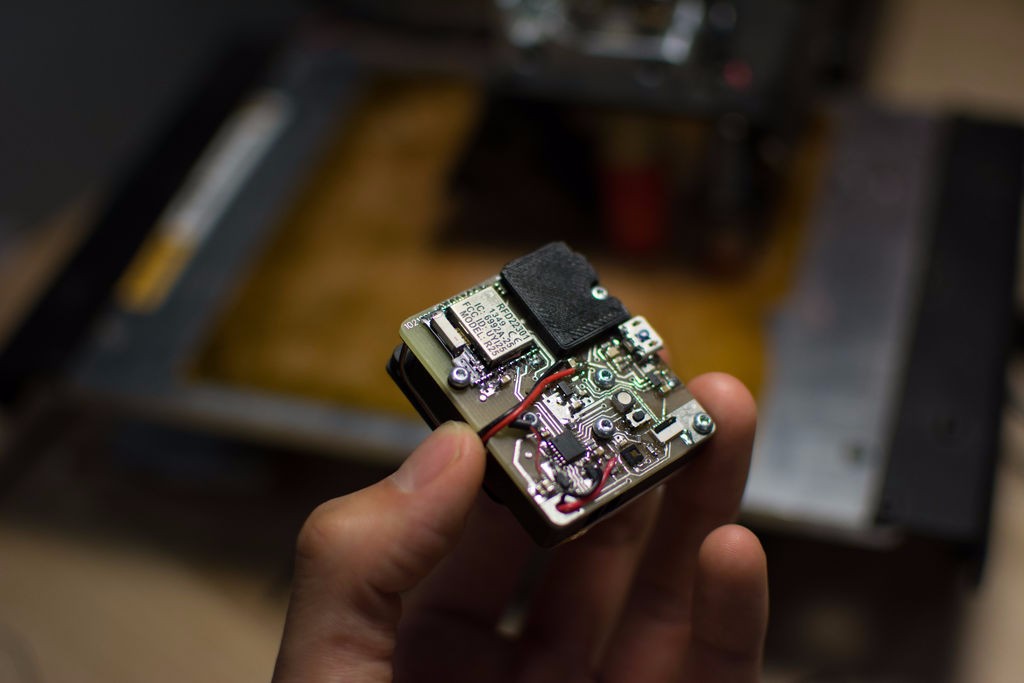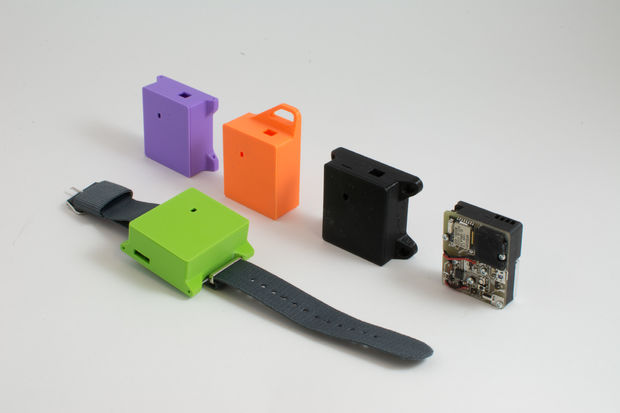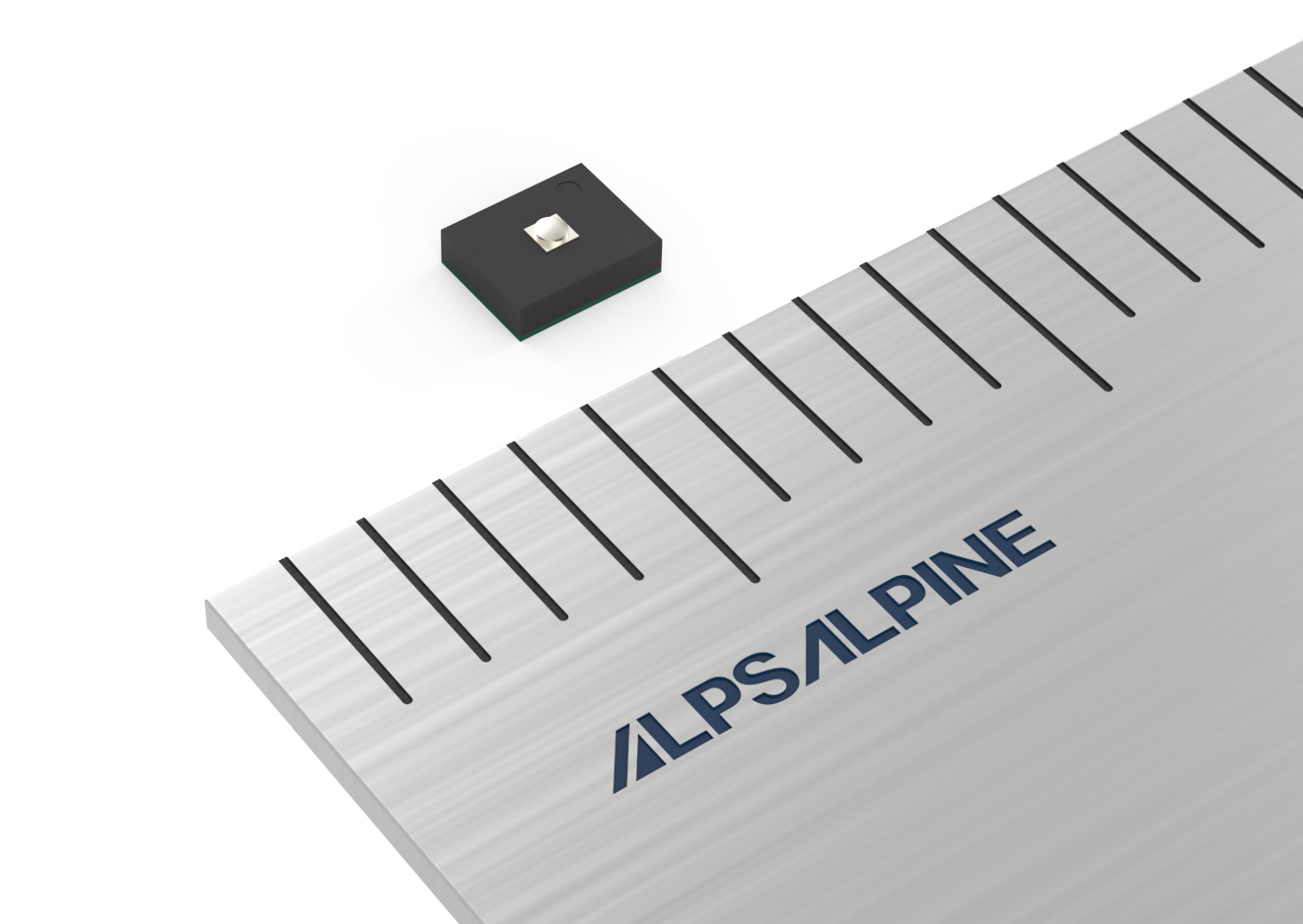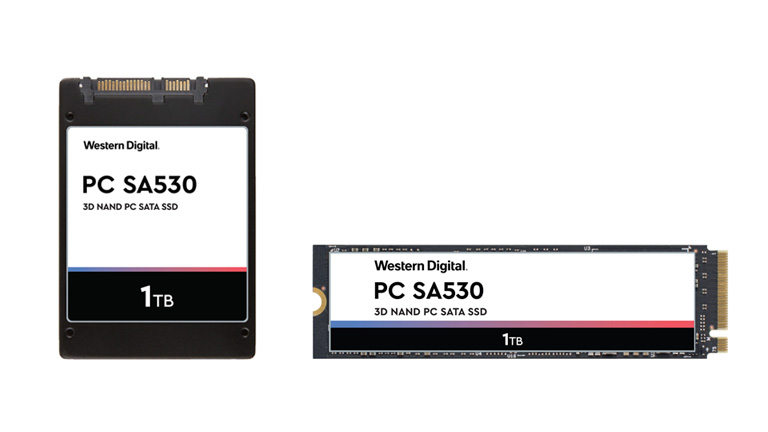
One of the most harmful airborne pollutants with respect to human health is particulate matter. Air particle counters are used to determine the air quality by counting and sizing the number of particles in the air. This information is useful in determining the amount of particles inside a building or in the ambient air. It is also useful in understanding the cleanliness level in a controlled environment.
Airborne particles with a diameter of less than 10 microns pose a large risk, they can travel deeply into the respiratory system, causing a variety of cardiovascular and respiratory diseases. Combustion (e.g. burning wood; automobiles) can generate particles less than 2.5 microns in diameter. Between 2.5 and 10 microns are particles such as dust, pollen, and mold. (More information about particulate matter can be found here.)
Four members of the Hybrid Ecologies Lab at UC Berkeley, Rundong Tian, Sarah Sterman, Chris Myers, and Eric Paulos, developed “MyPart”, a device that attempts to measure air particulate matter.

MyPart’s design focuses on four goals; accuracy, size and portability, cost, and open source.
Accuracy
In the test chamber, smoke concentration was allowed to decay naturally over about 2 hours. Three prototypes of MyPart gave similar accuracy results to an expensive instrument results ($5000 MetOne HHPC-6).
Additional experiments conducted with calibration particles of known sizes and in outdoor ambient environments, and more information about the tests can be found here.

Size & Portability
The overall size of the inner sensing chamber is 18mmx38mmx45mm. These dimensions include an onboard 400mAh battery. The components related to the sensing are completely separated from the outer casing, which allows various form factors to easily be explored, developed, and shared.
MyPart sensor consumes about 2 mA while sleeping, and about 70mA during sampling.

Cost
The total cost for the bill of materials is around $75 without the cost of the digital fabrication tools required to make the components (3D printer and CNC mill). This BOM prices are for electrical components in quantities of 1 or 2, which will drop dramatically when purchased in bulk.
Open Source
MyPart’s original design files and source codes are all open source in order to give people the base form which to make and modify their own sensors, to set up sensing in their own communities, and to generate reliable air quality data.
The full BOM can be found here. The fabrication files, as well as the original design files can be found here.
MyPart’s Parts
- Top air channel, Contains the main flow channel, a light trap for the laser light, and the air inlet.
- Bottom air channel, Contains features to hold the fan, and the air outlet
- Analog cap, shields the sensitive analog circuitry from ambient light
- Fan, pulls air through the channel
- Laser, focused light source to illuminate particles in the airstream
- Laser holder, aligns the laser to the photodiode

Limitations
Optical scattering: The quantity and direction of light scattered by a particle is dependent on the size, composition, and shape of the particle, as well as where it strikes the laser beam. Because of these factors, accurate sizing of particles tends to be difficult with optical scattering sensors. However, rough size cutoff bins can still be produced by using the amplitude of signal peaks.
Full documentation, technical details, and how to build guide are reachable at this seeedstudio article and this instructable.















